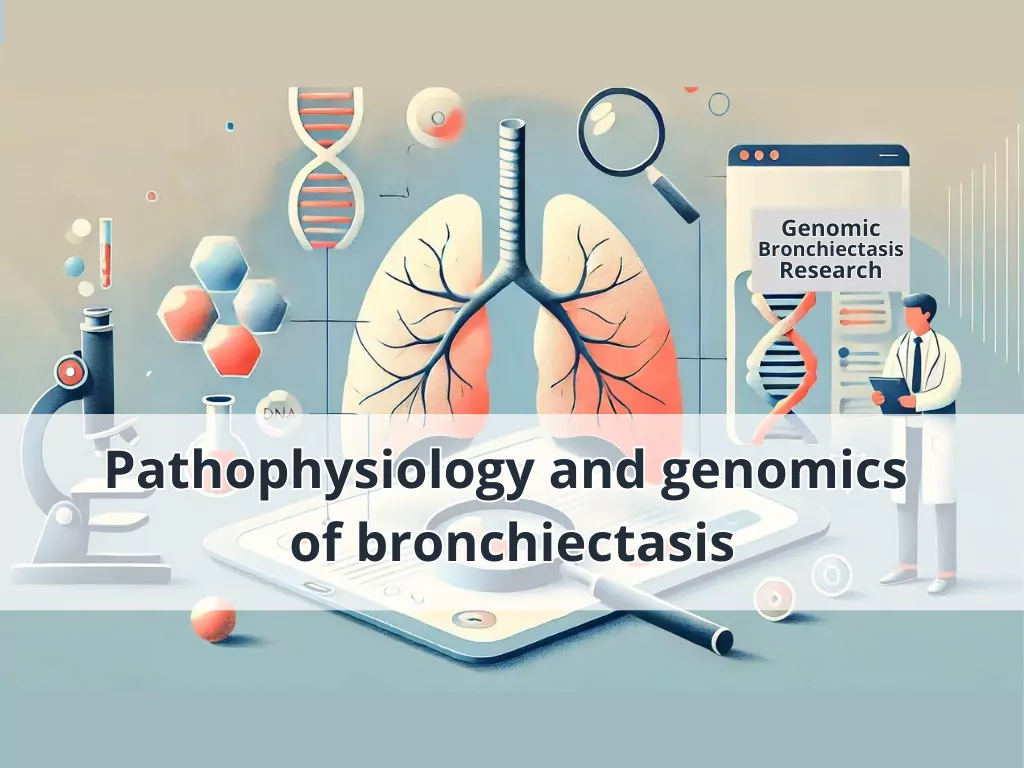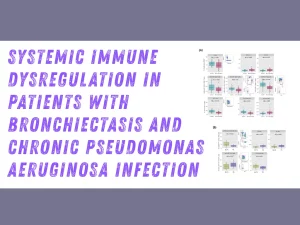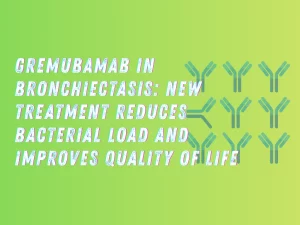Pathophysiology and genomics of bronchiectasis

Exploring the Pathophysiology of Bronchiectasis
Bronchiectasis is a complex and heterogeneous inflammatory chronic respiratory disease with an unknown cause in around 30–40% of patients.
The presence of airway infection together with chronic inflammation, airway mucociliary dysfunction and lung damage are key components of the vicious vortex model that better describes its pathophysiology.
Although bronchiectasis research has significantly increased over the past years and different endotypes have been identified, there are still major gaps in the understanding of the pathophysiology.
Genomic approaches may help to identify new endotypes, as has been shown in other chronic airway diseases, such as COPD.
The Role of Omics in Identifying Bronchiectasis Endotypes
Different studies have started to work in this direction, and significant contributions to the understanding of the microbiome and proteome diversity have been made in bronchiectasis in recent years.
However, the systematic application of omics approaches to identify new molecular insights into the pathophysiology of bronchiectasis (endotypes) is still limited compared with other respiratory diseases.
Key components of the pathophysiology of bronchiectasis
Given the complexity and diversity of these technologies, this review describes the key components of the pathophysiology of bronchiectasis and how genomics can be applied to increase our knowledge, including the study of new techniques such as proteomics, metabolomics and epigenomics.
Furthermore, we propose that the novel concept of trained innate immunity, which is driven by microbiome exposures leading to epigenetic modifications, can complement our current understanding of the vicious vortex.
Implications of Genomics for Bronchiectasis Treatment and Patient Stratification
Finally, we discuss the challenges, opportunities and implications of genomics application in clinical practice for better patient stratification into new therapies.
Authors
Lidia Perea, Rosa Faner, James D. Chalmers, Oriol Sibila
Read more details at
Categorías asociadas al artículo
Noticias relacionadas

Systemic Immune Dysregulation in Patients With Bronchiectasis and Chronic Pseudomonas aeruginosa Infection
Study reveals systemic immune alterations in bronchiectasis patients with chronic Pseudomonas infection, highlighting persistent immune imbalance.

Symptoms, risk of future exacerbations, and response to long-term macrolide treatment in bronchiectasis: an observational study
Observational study shows bronchiectasis symptoms independently predict exacerbations and identify patients who benefit from macrolide therapy, even with few prior episodes.

A Bispecific Monoclonal Antibody Targeting Psl and PcrV for Chronic Pseudomonas Aeruginosa Infection in Patients With Bronchiectasis: Results From a Randomized, Double-Blind Placebo-Controlled Trial (GREAT-2)
The GREAT-2 trial shows that gremubamab significantly reduces Pseudomonas aeruginosa load and enhances quality of life in bronchiectasis patients. Discover the results now.
Artículos
Estudios
- 759397·Alberto Sandiumenge et Al.-Systemic Inflammation Differences in Brain-vs. Circulatory-Dead Donors: Impact on Lung Transplant Recipients
- 759578·Alberto Papi et Al.-Relationships between symptoms and lung function in asthma and/or chronic obstructive pulmonary disease in a real-life setting: the NOVEL observational longiTudinal studY
- 759689·Kilian Vellvé et Alt.- Pulmonary vascular reactivity in growth restricted fetuses using computational modelling and machine learning analysis of fetal Doppler waveforms.
- 769273· Singh D, Criner GJ, Agustí A et al. Benralizumab Prevents Recurrent Exacerbations in Patients with Chronic Obstructive Pulmonary Disease: A Post Hoc Analysis
- 769685·Nuria Olvera et Al.- Lung Tissue Multi-Layer Network Analysis Uncovers the Molecular Heterogeneity of COPD
Imagen destacada del artículo desarrollada DALL·E y Canva. Imágenes y gráficos obtenidos de la publicacion original (ver «Read more details at»)
